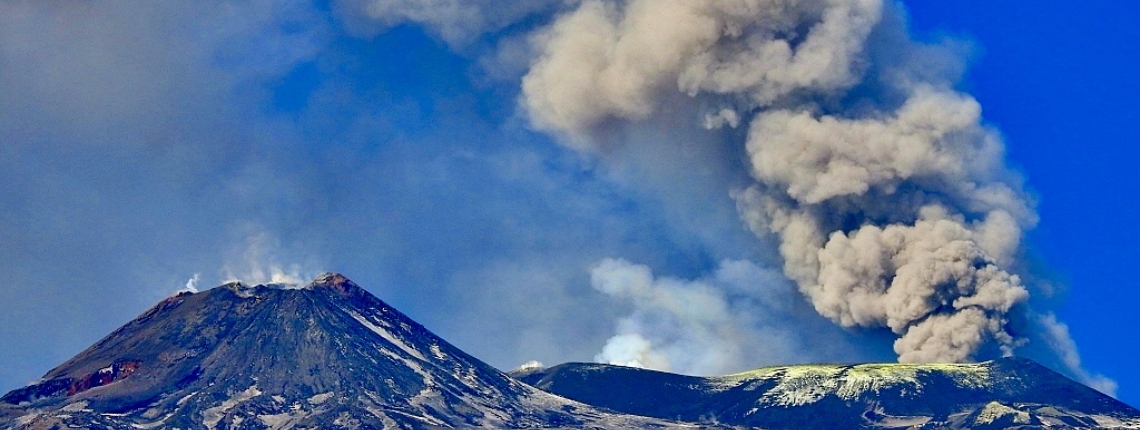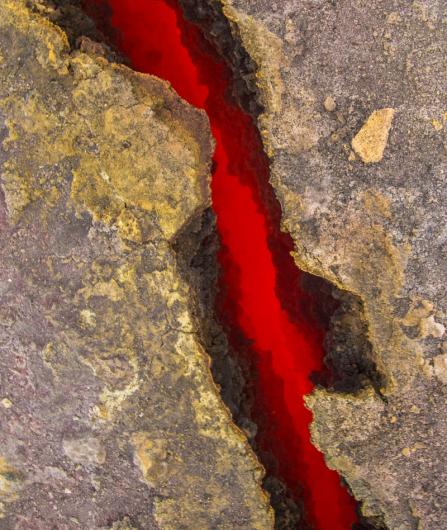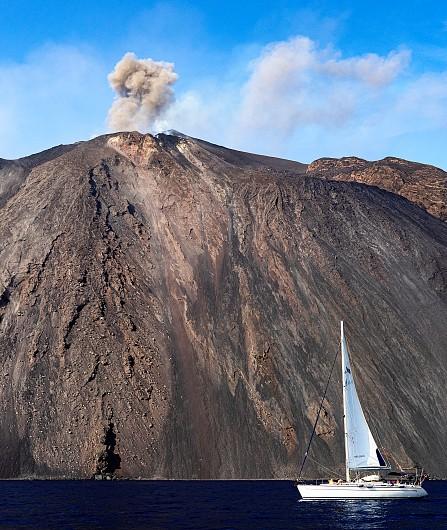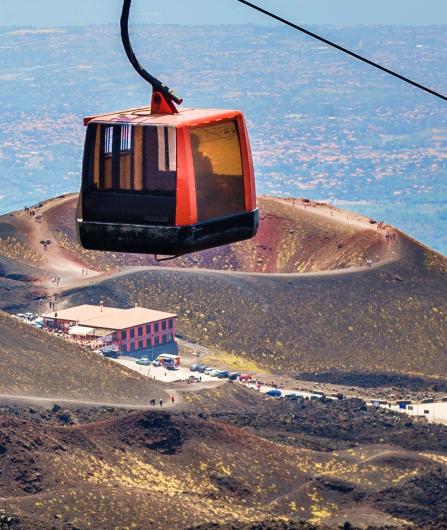Do you want to see Etna's lava?
Would you like to see Mount Etna erupt? Visit the volcano with the highest eruptive activity in Europe?
We follow the evolution of events in real time and keep you informed on our blog.
- If the eruptive situation remains as it is, the best excursion to see the lava is to climb the northern slope (from Rifugio Citelli).
- Ideally, it is best to leave three hours before dawn so that you can see the red lava.
- You can then watch the sun rise from the Ionian Sea as it slowly illuminates the entire volcano from its summit.
- Further important updates will be announced shortly if the geodynamic situation changes.
Mount Etna eruption, visit the volcano with a guide
How to see Etna's lava? To see Etna's eruptions: contact me by email or phone, I will help you choose the best excursion for you.
Witnessing Etna's last eruption
The volcano Etna is frequently erupting, with eruptive activity occurring mainly on the summit. The excursion limit is currently 2850 meters above sea level. Intense Strombolian activity has been ongoing on Etna for about three years. The accumulation of slag has led to the formation of two new cones. The proposed exclusive itinerary allows you to discover the volcano's hot spots, away from the crowds, which would otherwise be inaccessible without a volcanological guide.
Our excursions are led by our volcanological guides, who belong to the Regional College of Alpine and Volcanological Guides of Sicily (Gruppo Guide Alpine Etna Sud). The volcanological guide is the only professional authorized by Italian law to lead groups on the active volcano.
Etna: the latest eruptions
June 2022. Etna's eruption will officially end in mid-June 2022. The effusive eruption that for over a month has been a spectacle within Etna's deserted Bove valley officially ended on Thursday 16 June, at which point all the effusive vents that had opened within the valley ceased to feed its lava flows.
Currently, there are still outgassing fractures within the Bove Valley, a normal phenomenon that has yet to be addressed. In one month of activity, the eruption that began on 12 May at the foot of the south-east crater caused the expulsion of about 9 million cubic meters of magma, a very low figure. In reality, it was a very quiet and limited eruption, which encouraged a large influx of tourists who climbed the volcano both day and night.
- Sports version: 15 km. 1200 m altitude difference + -. From 1700 m to 2850 m altitude. 5 hours ascent (including breaks and a visit to the lava tunnel). 2 hours of descent (without stops).
- Easy version: 8 km. 1200 m difference in altitude + -. From 1700 m to 2400 m altitude. 3 hours of ascent (including breaks and the visit to the lava tunnel). 1 hour descent (without stops).
- 100-meter lava tunnel: approximately 30 minutes' visit. Difficulty: easy.
The choice of version (sporty or easy) depends on the level of sportiness of the participants.
In the group tour, one must adapt to the slower person.
It is therefore not guaranteed to reach the maximum altitude and kilometers described.
In the private tour, with the guide only for you, you can adapt the pace and walking time to your sporting ability.
- Departure on foot from Rifugio Citelli (Etna Nord).
- Use Google Map to find Rifugio Citelli.
- Visit to the lava tunnel: Serracozzo.
- Ascent to the Bove Valley viewpoint to observe the craters from the summit.
- Ascent to the altitude chosen by the guide.
- Loop itinerary, passing the 1928 craters, to return to Rifugio Citelli.
- The Citelli refuge has free parking and is located at the start of the hike.
- It was renovated in 2012 and has 4 single rooms for 2 to 4 persons (total of 13 places), a dining room for 35 guests and a small bar.
- The rooms always have clean sheets and blankets; it is not necessary to bring your own sheets and sleeping bag.
- In the corridor in front of the rooms, the four bathrooms are shared between the guests: 2 for women and 2 for men, both with always hot showers.






